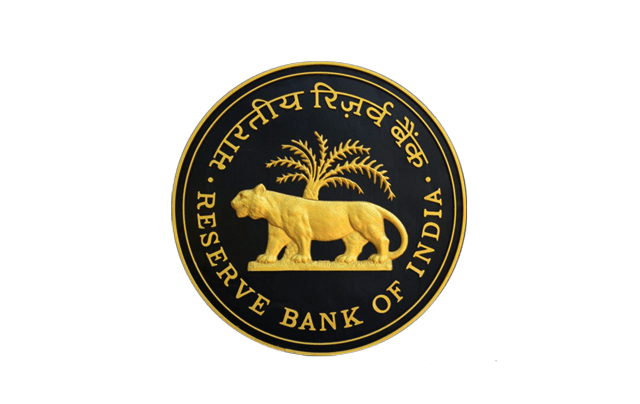Jas Bardia | October 21, 2022
India’s digital currency, named the Central Bank Digital Currency (CBDC), is all set to be launched this financial year
CBDCs will reduce reliance on banks and result in financial instability
RBI acknowledges the threat posed by natural disasters that may impair successful payments due to bad network connectivity
India introduced its concept note on its digital currency, better known as the Central Bank Digital Currency (CBDC) in October 2022. The CBDC will be launched in phases with wholesale businesses in the current financial year. However, the question begs to be asked whether India actually needs a digital currency or not.
India does not need a digital currency for three main reasons, one of them being simply because of the existence of a digital fast payments system that is up to scale. Unlike the Chinese fast payments system dominated by the proliferation of corporate fintechs such as Alipay and WeChat, India’s digital fast payments system, namely the Unified Payments Interface (UPI) was overseen and built by the Indian banking regulator. 80 percent of India’s adult population has bank accounts whereas only 35 percent of the 500 million bank accounts are active. In such a scenario, the government’s impetus must be on incentivising the remaining 65 per cent to use those bank accounts rather than introduce a digital currency.
The Bahamas was the first country in the world to come out with a digital currency followed by countries of the Eastern Caribbean Union because of a lack of an organised banking sector. The digital currency called DCash, was useful to make quick and efficient payments in the archipelago that was not as well-connected and did not require the citizens of those countries to have bank accounts.
All they needed was approval from a non-banking financial institution and an agent to approve a DCash. When India has a robust digital payments interface with the majority of its citizens having a bank account, the need to have a digital payments system does not arise.
Digital currencies are accompanied with cybersecurity threats and even those of network failures. In this case, it becomes imperative that India has a sound legal and technical framework in place. Glitches in the technical backroom of the digital currency might spell doom for foreign transactions, resulting in losses amounting to billions of dollars.
Natural disasters that have a capability to impair network connections, especially in flood-prone areas, might spell a death knell to transactions across the country, be it between banks or individuals. RBI in its concept note has acknowledged this problem as well, especially when 825 million out of 1.4 billion people have access to the internet.
Another risk the CBDC will have is double spending. VISA has outlined a protocol that enables CBDCs to be directly downloaded into a smartphone or tablet. The money is stored in a ‘secured hardware’ in the device and managed by the respective digital wallet provider.
This allows CBDCs to be transacted from one device to the other without any intermediaries such as banks or payment processors using NFC or Bluetooth. In the offline mode, digital currencies are susceptible to double spending. Its only remedy is to set an offline transaction limit which will discourage the usage of digital currencies.

